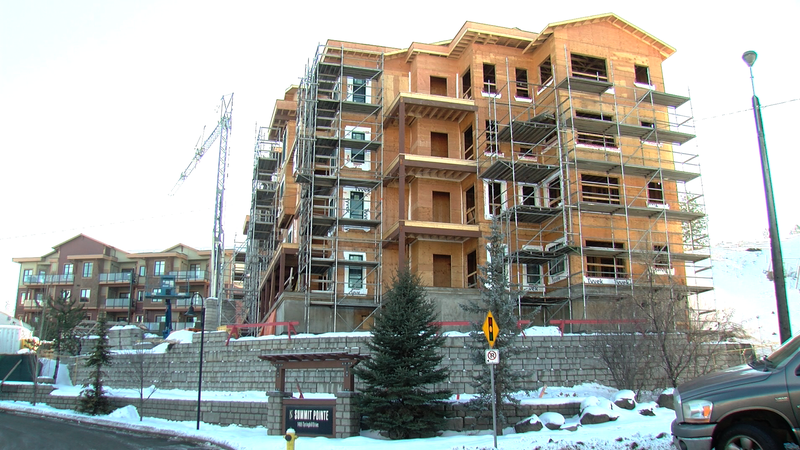
Low supply playing role in rising home prices in Kamloops
KAMLOOPS — Tushar Jain wants to settle down in Kamloops. He tried to put an offer on a place in Upper Sahali in his price range of $300,000.
However, it was a frantic and anxiety-inducing experience as he placed his bid among five or six other buyers.
“I’ve been saving to buy a house for the last three years and every year I just feel I am further away,” said Jain.
The average home price in Kamloops was over $600,000 at the end of 2021, and reports say that number won’t be changing any time soon. Meanwhile, property assessments show the average single-family home saw a 27 per cent increase in value last year.


